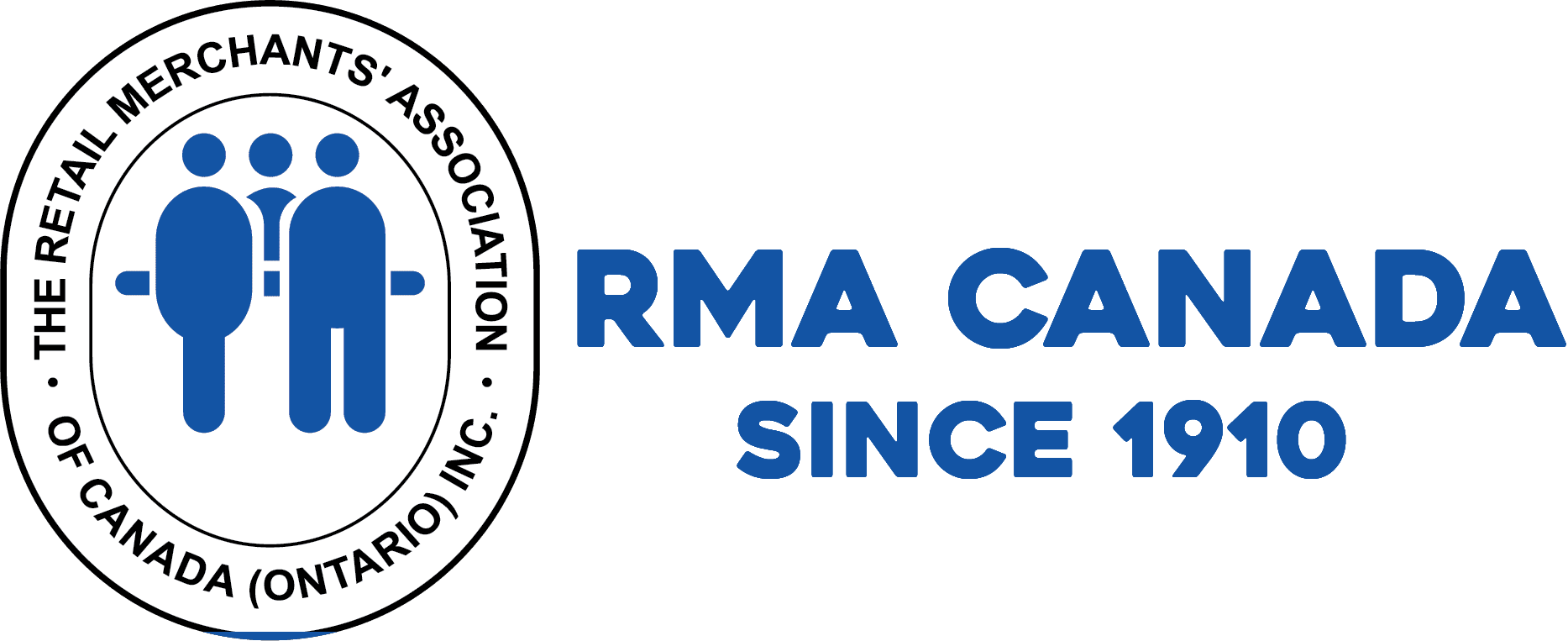In today’s dynamic financial and risk management landscape, obtaining a recognized professional designation can significantly enhance your career prospects. One such prestigious designation is the RMA Certification (Risk Management Association Certification). Whether you’re a financial analyst, credit risk professional, or aspiring banker, knowing how to become RMA certified in Canada is a strategic step toward leadership in risk management.
This complete guide will walk you through the RMA Canada process, detailed certification steps, required qualifications, risk exam prep tips, and insights to help you earn the RMA credential confidently and efficiently.
What is RMA Certification?
The Risk Management Association (RMA) is a globally recognized body that promotes sound risk management practices across the banking and financial services industry. The RMA offers the Credit Risk Certification (CRC) and Operational Risk Management (ORM) certifications. However, when people refer to “RMA certification,” they generally mean a broad qualification that signifies a deep understanding of credit, operational, and enterprise risk practices in the banking sector.
In Canada, this certification is particularly valued by banks, credit unions, and lending institutions, and it serves as a formal validation of your analytical and risk assessment expertise.
Why Get RMA Certified In Canada?
Before jumping into how to become RMA certified, let’s understand why it matters.
Career Benefits:
-
Boosts credibility in the financial sector
-
Enhances promotion and leadership opportunities
-
Opens doors to senior roles in credit, operational, and enterprise risk
-
Offers global recognition, including in Canadian financial institutions
Employers across Ontario, British Columbia, Alberta, and Quebec increasingly value RMA certification as proof of professional commitment and technical mastery.
Who Should Apply?
The RMA Canada process is designed for:
-
Commercial bankers
-
Credit analysts and underwriters
-
Portfolio managers
-
Loan officers and relationship managers
-
Risk and compliance officers
Even early-career professionals who want to specialize in risk management will benefit from this structured pathway.
How to Become RMA Certified: Step-by-Step Breakdown
Understanding how to become RMA certified in Canada involves more than just studying. The journey includes eligibility verification, exam registration, preparation, and practical application of knowledge. Let’s break down the certification steps in a simple roadmap:
Step 1: Check Your Eligibility
To pursue RMA certification in Canada, you should ideally have:
-
3+ years of experience in commercial banking or risk-related fields
-
A bachelor’s degree, preferably in finance, accounting, or economics
-
Familiarity with credit or operational risk policies, frameworks, and tools
If you’re new to the field but have strong academic credentials, you may still apply, but additional work experience will help solidify your understanding.
Step 2: Select the Right Certification Path
There are two primary RMA certifications:
-
Credit Risk Certification (CRC) – Ideal for those focusing on underwriting, commercial lending, and credit analysis.
-
Operational Risk Management (ORM) Certificate – Suited for professionals dealing with compliance, internal controls, and enterprise risk.
Pick the one that aligns best with your career goals.
Step 3: Register with RMA and Pay the Exam Fee
Once you’ve selected your path, you must officially register with RMA. This step in the RMA Canada process requires:
-
Creating a member profile at www.rmahq.org
-
Choosing your exam date and location (Canada has several authorized testing centres)
-
Paying the applicable exam fee (around USD 550–750, depending on membership status)
You’ll then receive access to exam resources, a candidate guide, and study tools.
Step 4: Prepare for the Risk Exam
Effective risk exam prep is the backbone of your certification journey. Here’s how to study smart:
Study Materials:
-
Official RMA study guides and sample questions
-
Practice exams (offered by RMA and third-party providers)
-
Online forums and study groups (e.g., LinkedIn or Reddit)
Key Topics for CRC Include:
-
Credit risk analysis
-
Loan structuring
-
Risk rating systems
-
Portfolio management
-
Regulatory guidelines (OSFI, Basel, etc.)
For ORM, expect topics such as:
-
Operational risk frameworks (COSO, Basel II/III)
-
Loss event data and risk indicators
-
Scenario analysis
-
Control testing and business continuity
Step 5: Take the Exam
The CRC or ORM exam is computer-based and must be taken at a designated test centre or via an approved remote proctor. It typically includes:
-
100–120 multiple-choice questions
-
2.5 to 3 hours duration
-
Minimum passing score: 70%
Once completed, you’ll receive your score immediately. If you pass—congratulations! If not, RMA allows retakes with a waiting period.
Step 6: Receive Your Certification
Upon passing, you’ll receive a formal certification document from RMA, which you can add to your resume, LinkedIn, and professional credentials.
But it doesn’t end there—RMA requires ongoing professional development to maintain your designation. You’ll need to earn Continuing Education (CE) credits each year and stay updated on emerging risks, compliance rules, and financial trends.
Tips for Risk Exam Prep Success
Getting certified isn’t just about memorizing terms—it’s about understanding how risk affects real-world banking decisions. Here are some practical risk exam prep tips:
Create a Study Plan:
Set a 10–12 week prep schedule. Dedicate at least 5–7 hours per week to reading and practice.
Focus on Case-Based Thinking:
RMA exams often include scenario-based questions. Practice interpreting client profiles, loan terms, and credit risks in business contexts.
Don’t Skip the Practice Exams:
Timed practice exams simulate the real test environment and help build stamina.
Attend a Workshop or Webinar:
RMA and some Canadian banking institutions offer virtual prep sessions. These are excellent for gaining exam-specific tips and networking with peers.
How Long Does the Process Take?
The time needed to complete the RMA Canada process varies, but on average:
-
Study and prep time: 2–3 months
-
Application and exam scheduling: 1–2 weeks
-
Exam results and certification: Immediate results + 1–2 weeks for documentation
Total time: 3–4 months from start to finish, depending on your schedule and commitment level.
Career Outlook After RMA Certification
Professionals with RMA credentials in Canada often move into high-level roles such as:
-
Senior Credit Analyst
-
Credit Risk Manager
-
VP, Risk and Compliance
-
Enterprise Risk Advisor
-
Portfolio Manager
Additionally, some professionals use RMA certification as a stepping stone toward other designations like FRM (Financial Risk Manager), CFA, or CPA.
Employers, especially in Canada’s major financial hubs—Toronto, Vancouver, Calgary, and Montreal—actively seek candidates with proven risk assessment expertise.
Final Thoughts
Understanding how to become RMA certified in Canada is your first step toward becoming a leader in risk management. Whether you’re managing credit exposure for a major bank or designing operational risk frameworks for a fintech company, this certification elevates your career and boosts your credibility in the financial services sector.
As the Canadian economy continues to evolve with rising regulatory demands and market complexities, there has never been a better time to get certified. From certification steps to risk exam prep, a strategic approach can ensure success and help you stand out in a competitive job market.
FAQ’s
Q1. What are the steps to get RMA certified?
A: You must meet eligibility, register with RMA, prepare using study tools, take and pass the exam, and maintain certification through continuing education in risk management.
Q2. Is there an exam for RMA in Canada?
A: Yes, candidates must pass a multiple-choice, scenario-based exam administered by RMA, focusing on credit or operational risk concepts relevant to Canadian and international banking environments.

